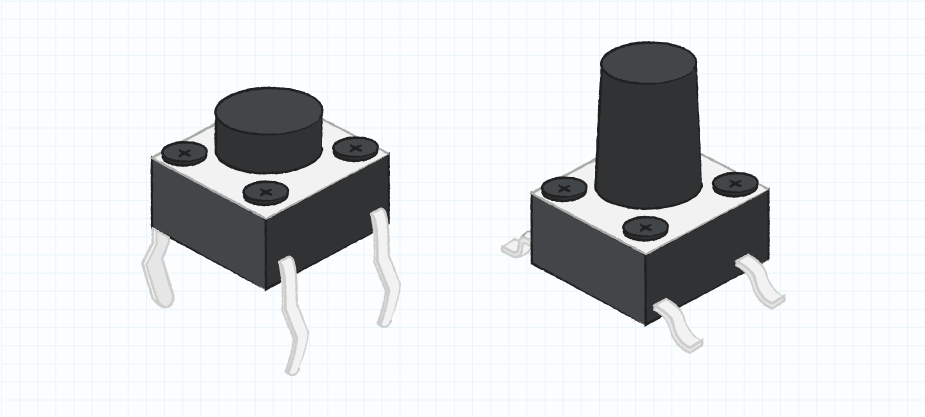Whether typing, tactile switches offer the perfect balance of actuation.
Exploring the Benefits of Tactile Changes for Your Following Job
Responsive buttons, identified by their visible responses, are critical for boosting user communications in technology. As markets significantly focus on straightforward interfaces, the adoption of tactile switches across different fields-- from customer electronic devices to commercial machinery-- values consideration.

Recognizing Tactile Switches: Exactly How They Function and Their Kinds

These buttons are readily available in various kinds, including dome, leaf, and tablet. Pill buttons are known for their small dimension and are typically made use of in devices with room constraints.
The Function of Tactile Feedback in Individual Experience
Customer experience is substantially boosted by tactile comments, which functions as an indispensable bridge between the tool and its user. This type of responses is essential in settings where visual or acoustic signs could be less efficient or totally absent. Tactile buttons, by their actual nature, offer a physical action to customer actions, verifying inputs with a noticeable feeling. This not just raises the precision of interactions however likewise quickens the customer's capacity to complete tasks by decreasing the requirement for aesthetic confirmation.
In the world of access, responsive comments plays a crucial duty. It permits people with visual impairments to communicate confidently with various devices, from cellphones to house devices. The unique physical feeling can communicate much-needed information regarding operational states or input accuracy, therefore boosting the overall user interface and making technology more comprehensive and easy to use. Therefore, tactile responses is essential in developing intuitive and reliable individual experiences.
Contrasting Tactile Changes With Other Sorts Of Switches
While responsive switches supply definitive responses website link that aids in availability and user confidence, it is very important to analyze just how they stack up against various other sorts of switches made use of in digital tools. Direct buttons, for circumstances, offer a smooth keystroke without the responsive bump, which can be better for tasks needing quick key presses, such as video gaming. They lack the unique feedback that helps avoid keying mistakes evident in tactile switches.
On the other hand, clicky buttons, comparable to responsive versions, offer distinct responses. They create a louder click noise at the actuation factor which responsive buttons do not. This audio can be pleasing yet could be turbulent in peaceful settings. Comparatively, tactile switches strike a balance between the silent operation of linear buttons and the noisy guarantee of clicky buttons, making them versatile for both noisy and silent setups. This adaptability permits for a wider range of use instances without creating disruption.
Practical Applications of Tactile Changes in Different Tasks
Various modern electronic devices incorporate tactile switches as a result of their reputable responses and straightforward interface. These elements are especially common in devices requiring exact user important site control. Customer electronic devices like key-boards, remote controls, and gaming controllers use tactile buttons to enhance the customer experience by offering instantaneous tactile responses upon actuation. This responses guarantees customers of their input enrollment, which is important in high-speed gaming or data entry jobs.
Additionally, responsive buttons are found in different industrial applications. They are utilized in manufacturing tools panels and handheld diagnostic devices where operators gain from clear functional feedback during machinery handling. Clinical tools also utilize tactile buttons, adding to their safety and effectiveness. These buttons enable health care specialists to run tools quickly and with precision, critical in emergency and surgical settings. Thus, tactile switches confirm crucial across a broad range of sectors, offering both performance and reliability.
Tips for Picking and Integrating Tactile Changes in Your Layouts
When selecting responsive switches for numerous style projects, it is crucial to take into consideration a number of key variables to make sure optimal efficiency and integration. Portable designs might require smaller sized switches, which can influence the responsive comments and resilience.
For projects exposed to moisture or dust, selecting switches with greater IP rankings to withstand such elements is a good idea. Utilizing buttons with pre-soldered leads or those that supply clear soldering guidelines can simplify the assembly process, making sure a reliable and efficient integration into the final product.
Final Thought
